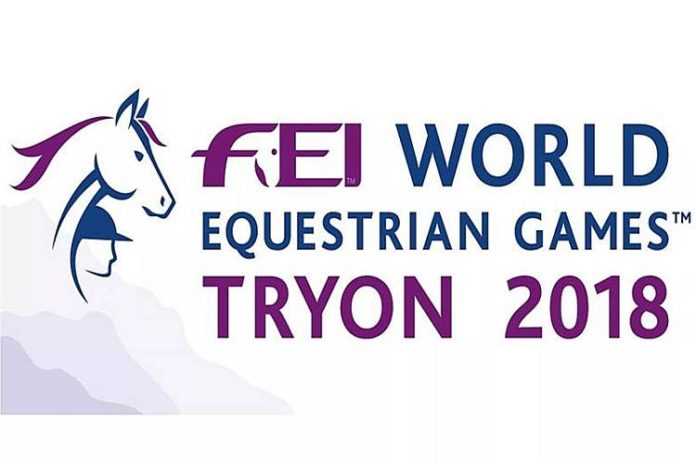The World Equestrian Games concluded on Sunday in Mill Spring, North Carolina, completing a hectic two weeks of activity that started with housing problems for grooms and Hurricane Florence and ending with some spectacular riding in the Jumping competitions.
The FEI noted that about 200,000 spectators took in the event, far less than hoped for, but quite good considering the brutal weather conditions. Local reporting noted that the event will likely lose more than $1.5 million and there has been some criticism of the site.
However, it’s also true that the Tryon International Equestrian Center took on the event on short notice in 2016 after Bromont (CAN) pulled out due to financial considerations. And there is no host for the 2022 World Equestrian Games, after both Lexington, Kentucky (USA) and Samorin (SVK) both declined to bid for the event last year.
The heavy costs of the World Equestrian Games has drawn comparisons to the issues faced by the International Olympic Committee on findings hosts for the Olympic Games.
Another article on the close of the WEG is on Tryon Int’l Equestrian Center is from Reuters, profiling Mark Bellissimo, who brought the facility to life. He’s thinking about the future of equestrian as a sport … and an industry.
“The goal is to get people interested in horses. Look at Olympics, surfing, beach volleyball, skate boarding.
“Nothing has killed more companies, more countries, more communities than the preservation of the status quo.
“I think every equestrian sport is in decline. It’s expensive and we need to figure ways to lower costs, make it much more spectator friendly. The problem is with equestrian sport people are so fascinated by their own sport.”

























